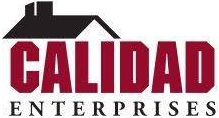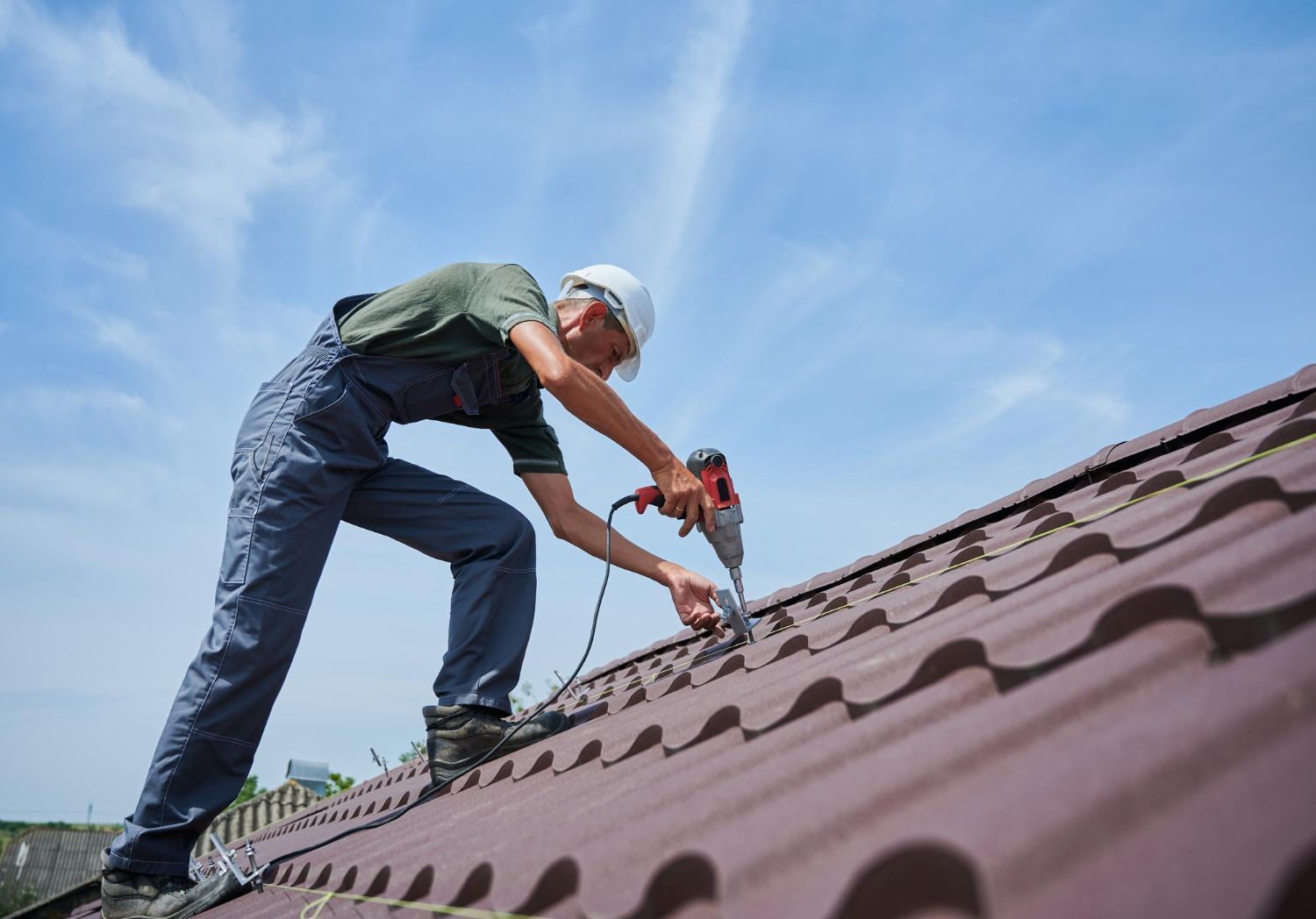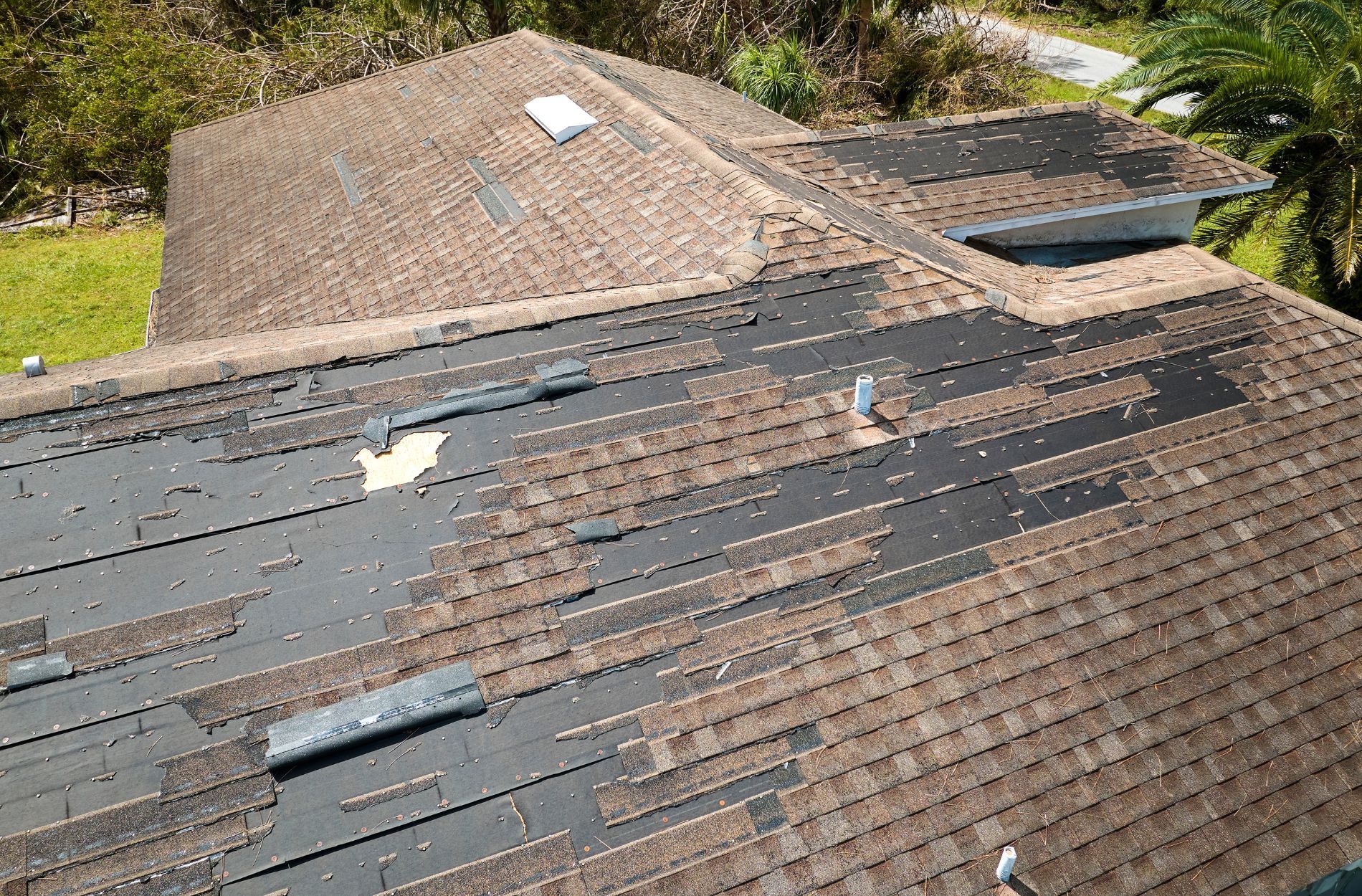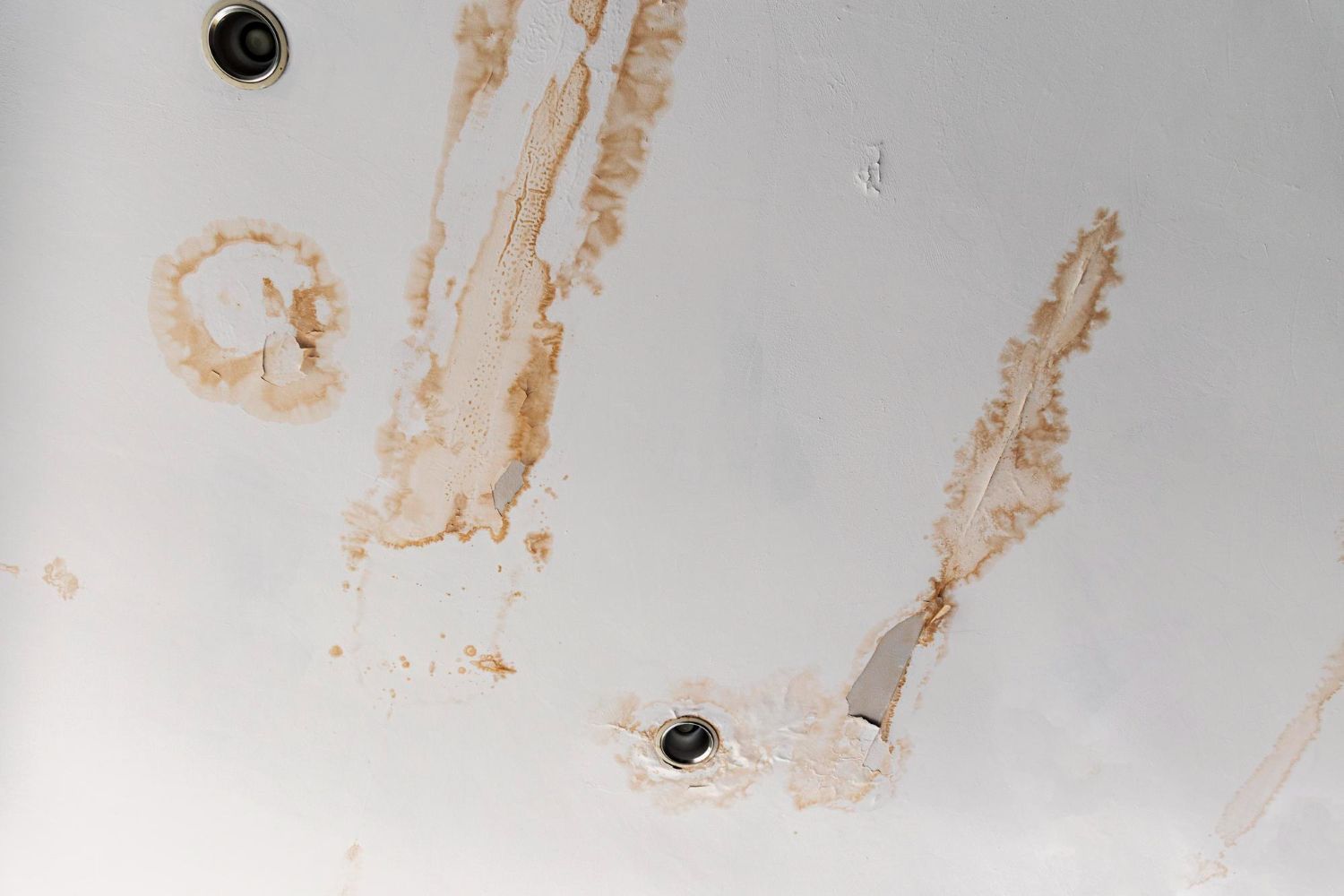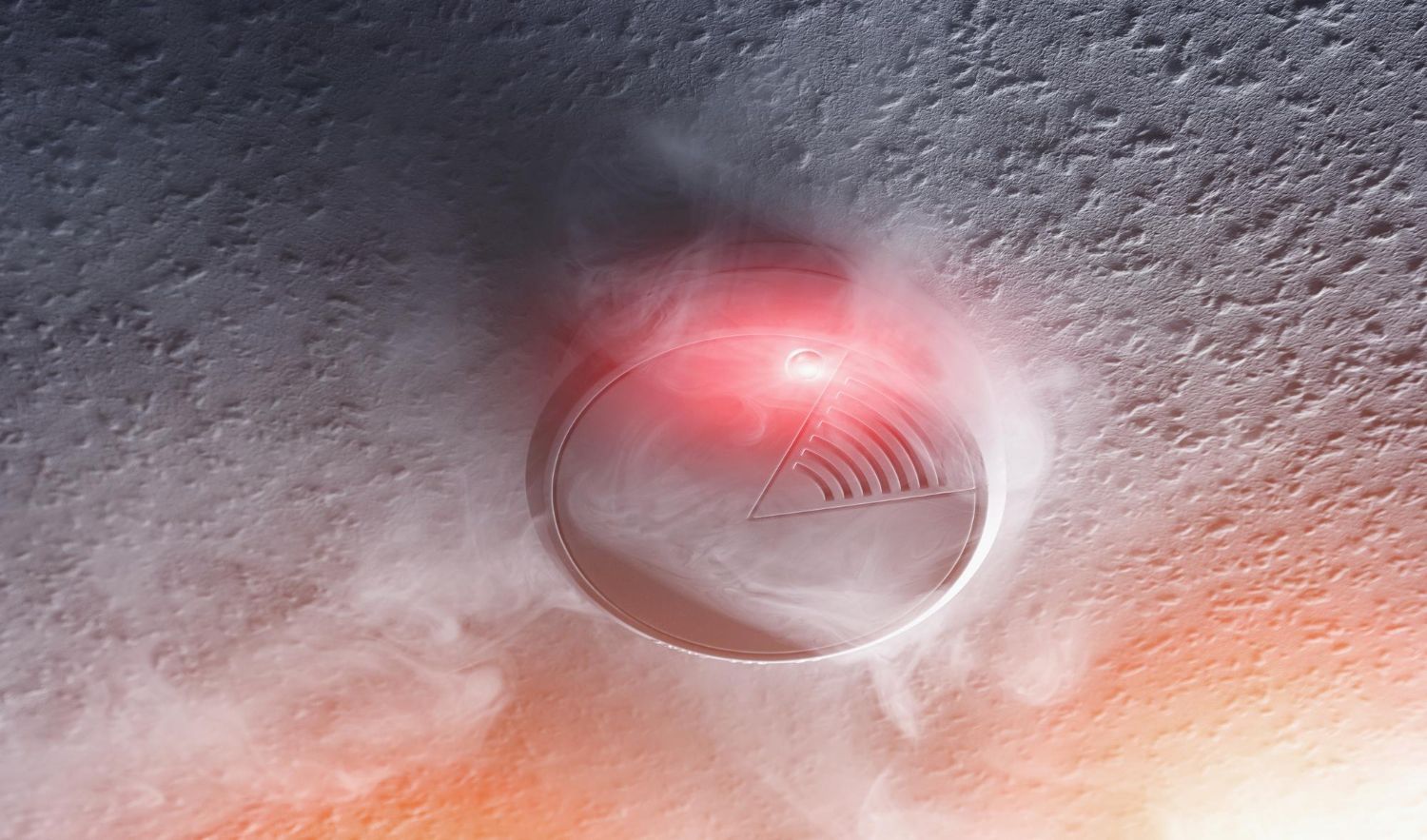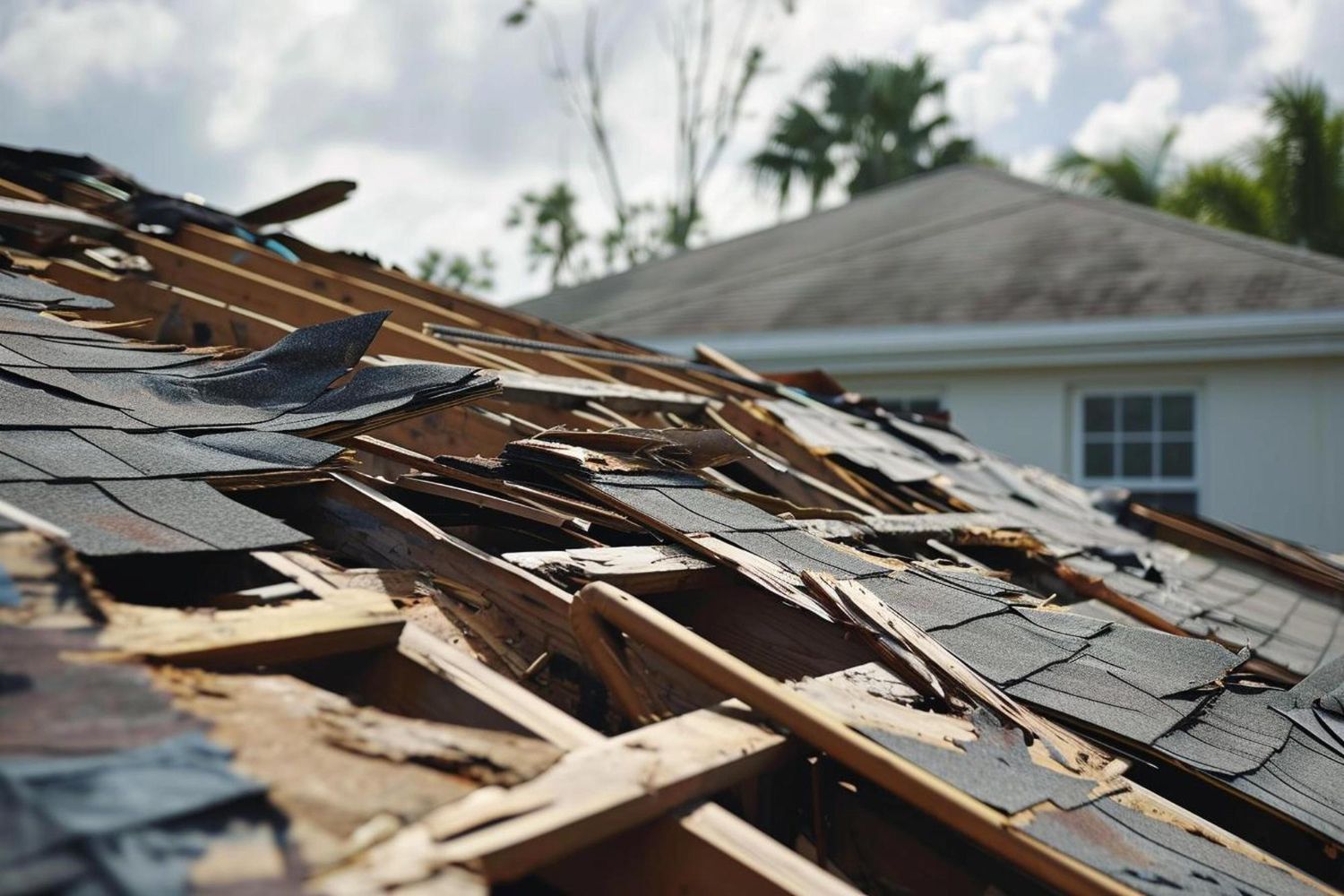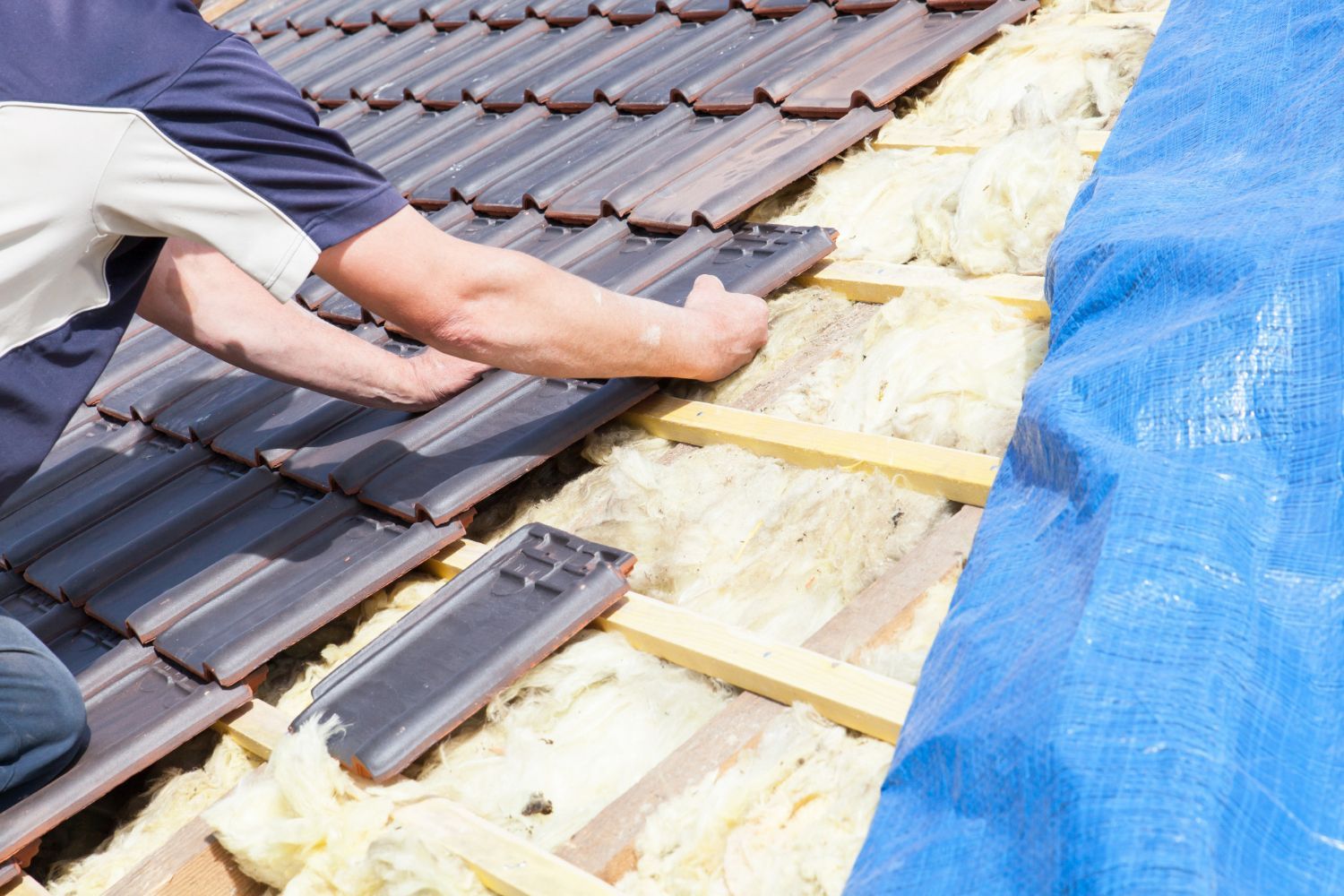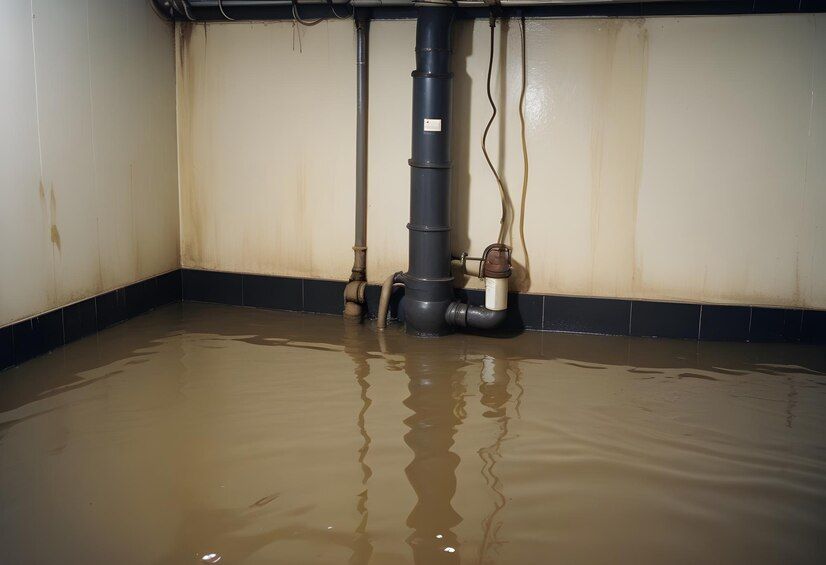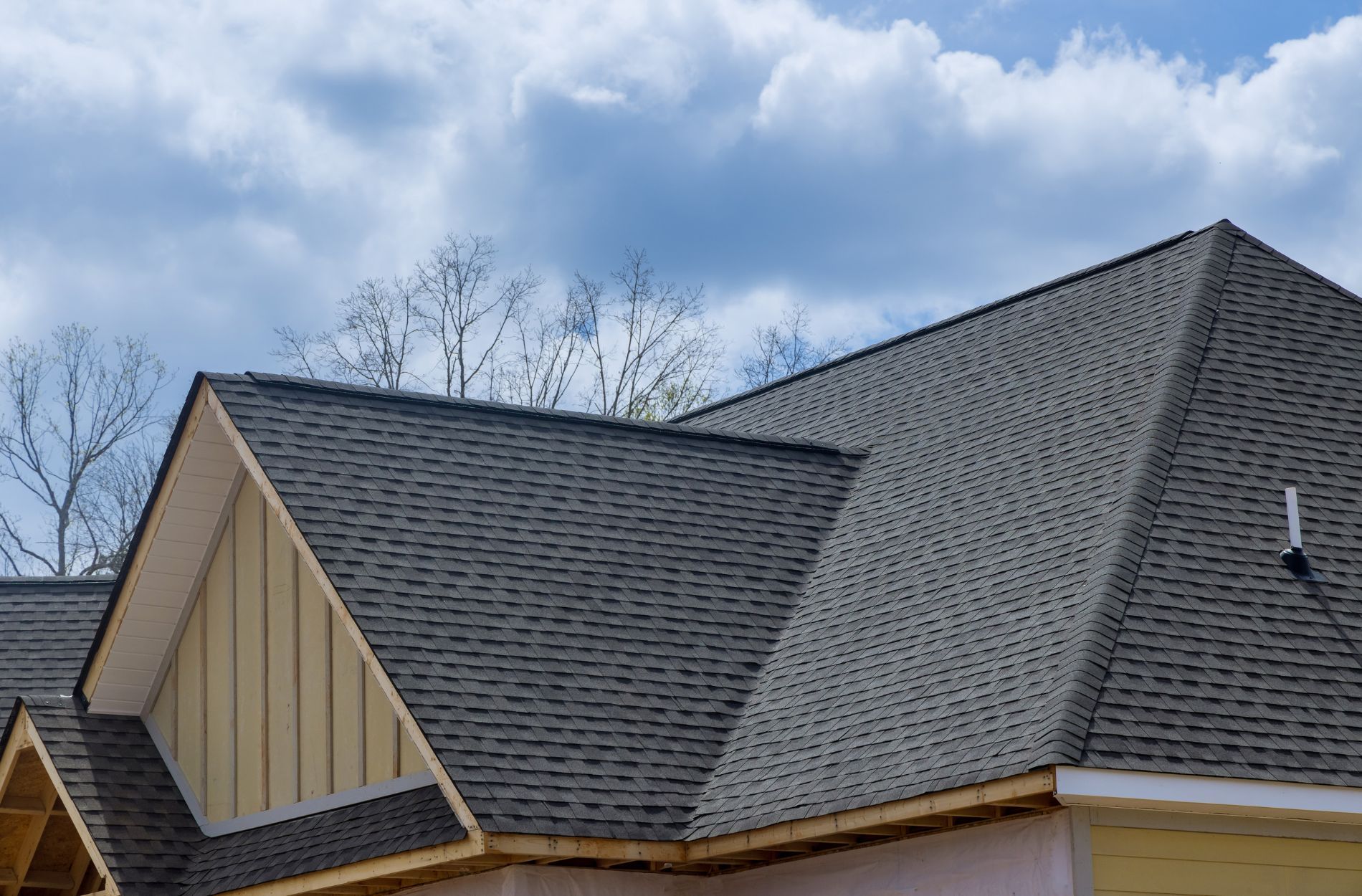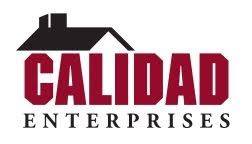Call Us Today (940) 283-6375
Comprehensive Guide to Hail Damage Prevention for Residential and Commercial Properties
Hailstorms can pose a significant risk to the integrity and longevity of your residential or commercial roofing system, leading to substantial damage, leaks, and costly repairs. As a property owner, it is essential to develop a keen understanding of hail damage, its warning signs, and the best preventative measures to protect your roofing system and minimize the impact of hailstorms on your property. Furthermore, working with a reputable roofing, remodeling, and restoration company to assess and repair hail damage promptly can prevent long-term complications and costly expenditures.
Hail damage to roofs can vary, ranging from cosmetic dents and scratches to more severe structural damage that compromises the integrity of the roofing system. Identifying hail damage promptly is key to mitigating the damage and avoiding further issues, such as water intrusion, energy inefficiency, or even mold growth. In addition, implementing preventative strategies, like conducting routine inspections and ensuring proper maintenance, can go a long way in protecting your property from hailstorms and the potential damages they may cause.
In this comprehensive guide, we will discuss the essential aspects of hail damage, including warning signs, the assessment process, and best practices for repair and prevention. By gaining in-depth knowledge about hail damage and its potential consequences, you can make informed decisions to maintain your property's structural integrity, appearance, and overall safety, regardless of the unpredictable nature of hailstorms.
Understanding and Preventing Hail Damage to Your Roof
Identifying Hail Damage to Your Roof
Recognizing the signs of hail damage on your property is crucial for timely intervention and repair. Some common indicators of hail damage include:
1. Dented Shingles: In the aftermath of a hailstorm, check your roofing materials for visible dents and dings – a classic sign of hail impact.
2. Cracked or Broken Shingles: Shingles may crack or break due to the force of hailstones, creating potential entry points for water and moisture.
3. Granule Loss: Examine your roof for shingles with missing granules, exposing the underlying asphalt layer and risking accelerated deterioration or leaks.
4. Damaged Flashings, Vents, and Gutters: Roof components such as flashings, vents, and gutters may show dents or damage caused by hail impact, which can lead to leaks and reduced functionality.
Assessing Hail Damage on Your Roof
Once you suspect hail damage on your property, a thorough assessment procedure is necessary to determine the extent and severity of the damage. Follow these steps for a comprehensive evaluation:
1. Safety First: Ensure your safety by checking the property for potential hazards, such as unstable structures or electrical issues, before proceeding with the inspection.
2. Document Evidence: Take photos and videos of any visible hail damage, helping you accurately report the issue to your insurance company and restoration professionals.
3. Consult a Professional: Contact a professional roofing, remodeling, and restoration company to conduct a thorough inspection, accurately assess the hail damage, and provide expert guidance on the necessary repairs.
4. Contact Your Insurance Provider: Inform your insurance provider about the hail damage, providing the necessary documentation to aid in your insurance claim for repair and restoration.
Repair and Restoration of Hail-Damaged Roofs
Proper repair and restoration of hail-damaged roofs can prevent further property damage and maintain your roof's structural integrity. Consider the following tips:
1. Act Quickly: Prompt repairs can prevent water intrusion, structural damage, or mold growth caused by unrepaired hail damage.
2. Targeted Repairs: Depending on the extent and severity of the damage, targeted repairs may be sufficient to address the issue without the need for a complete roof replacement.
3. Professional Assistance: Rely on a reputable roofing, remodeling, and restoration company to perform repairs accurately, efficiently, and to the highest industry standards.
4. Regular Maintenance: Ongoing roof maintenance can help mitigate the impact of future hailstorms and extend the lifespan of your residential or commercial roofing system.
Preventative Strategies to Minimize Hail Damage
While hailstorms can be unpredictable, implementing proactive measures can minimize their potential impact on your property:
1. Select Hail-Resistant Roofing Materials: Choose durable and impact-resistant roofing materials, such as metal, concrete, or rubber, to minimize hail damage and improve your roof's resilience to harsh weather conditions.
2. Strengthen Your Roof's Structural Integrity: Work with a roofing professional to reinforce the structure of your roof, ensuring adequate support to withstand the force of hailstones.
3. Shield Vulnerable Components: Install protective covers on skylights, vents, and HVAC systems to minimize damage during hailstorms.
4. Invest in Routine Inspections: Schedule regular inspections with a professional roofing company, allowing for the early detection and repair of hail damage, and proactive maintenance to improve your roof's performance.
Stay Prepared for Hailstorms and Safeguard Your Property
Understanding the potential consequences of hailstorms on your roof, and being prepared with effective preventative measures, can significantly reduce the impact of these unpredictable weather events on your property. By promptly identifying and addressing hail damage, you can save time and money on costly repairs or replacements while maintaining the structural integrity and safety of your residential or commercial property.
Trust a reputable roofing, remodeling, and restoration company to guide you through the process of assessing, repairing, and preventing hail damage. With their expertise, industry knowledge, and dedication to exceptional customer service, you can have confidence in your property's ability to withstand the challenges posed by hailstorms. Contact Calidad Enterprises, a
Lewisville professional roofer.
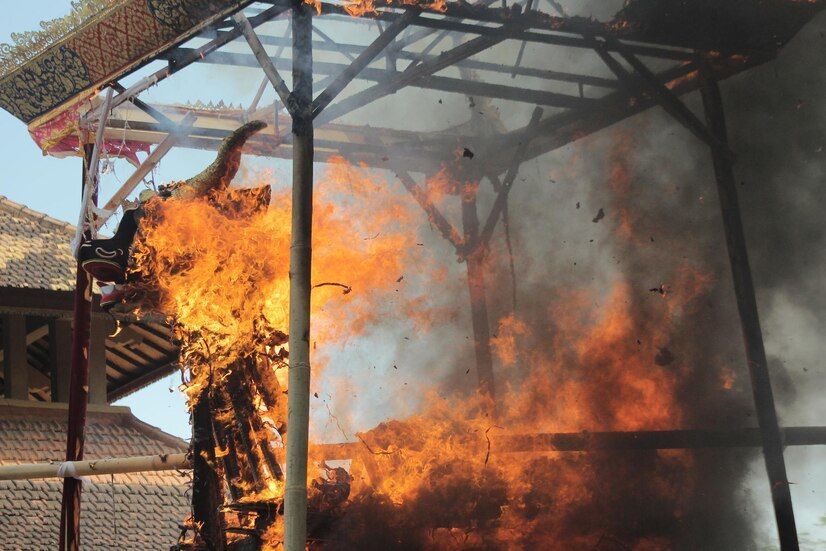
COMPANY INFORMATION
Calidad Enterprises
650 E. State Highway 121
Suite 208
Lewisville, TX 75057
HOURS OF OPERATION
Emergency Services Available
All Rights Reserved | Calidad Enterprises | Powered By Aletheia Digital | Privacy Page
We use cookies to ensure that we give you the best experience on our website. To learn more, go to the Privacy Page.
